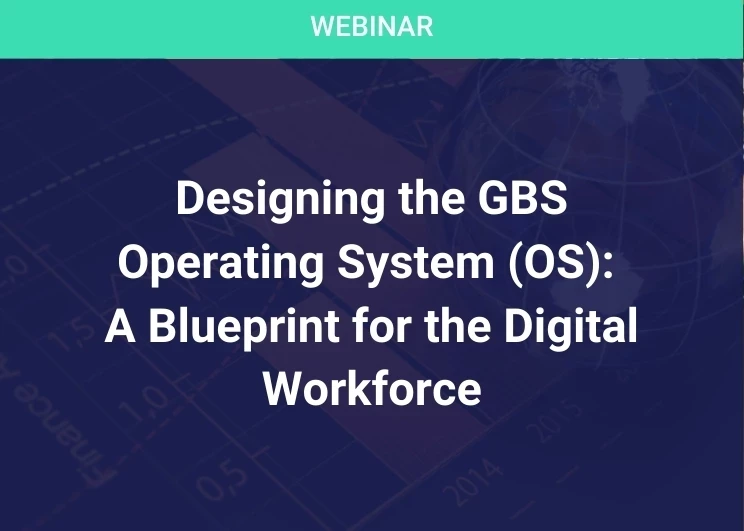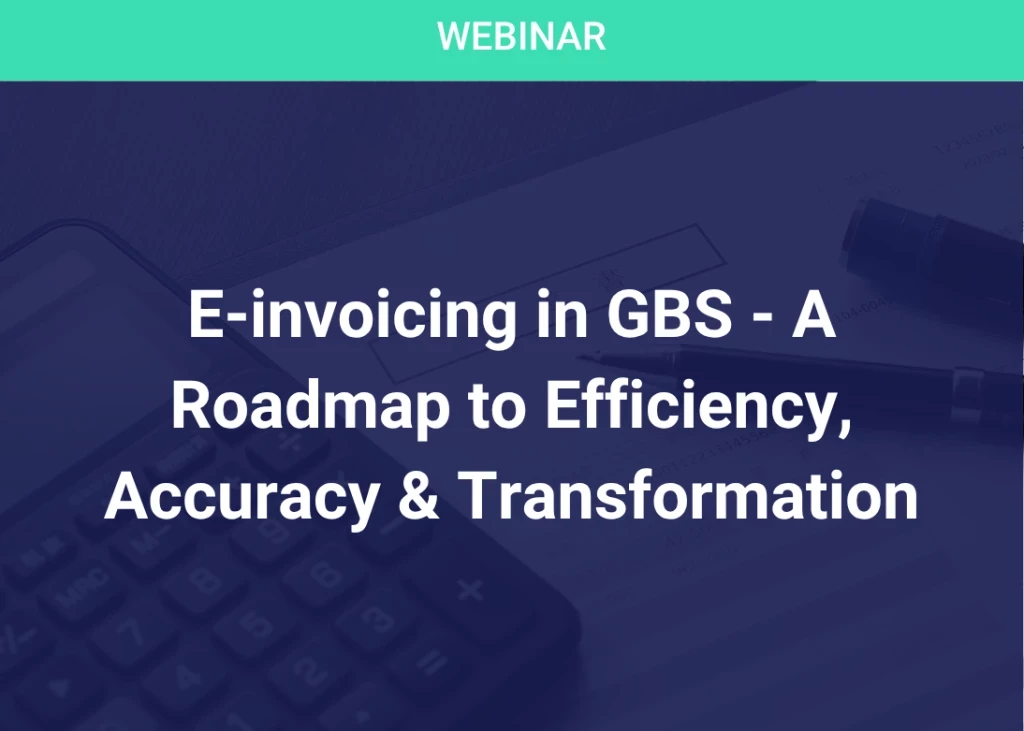Critical Steps to ensuring a smooth F&A transition
Add bookmarkSSON: From your own experience at eBay – when outsourcing F&A, what are the key steps an organization can take to ensure a smooth transition of services?
IZ: Our first step in the outsourcing process consisted of deciding whether we wanted to outsource to a third party or to an outsource captive. Once we had decided to go for a third party provider, we needed to identify the best one. It was a long and costly process which I can share with you.
We hired a consultant to prepare a study and present the advantages and disadvantages of outsourcing to a third party or going captive. After deciding the country and the company we wanted to work with, we performed a due diligence of all the tasks potentially in scope. We categorized the tasks in those that could be outsourced and the ones we needed to keep in-house. Task forces were set up at the outsourcing company and at eBay. The as-is processes were documented as well as the to-be processes after outsourcing.
The due diligence process was a long and thorough one. It consisted essentially of the following steps:
- Defining the tasks to be outsourced vs. the ones to be retained in-house (complex tasks, analysis, confidential information)
- Determining the legal entities in scope
- Examining potential productivity differences between our team and the team at the outsourcing company
- Planning the number of headcounts to be hired at the outsourcing company.
Following the due diligence, we entered the contractual process. This process also entailed the definition of Service Level Agreements (SLAs). Parallel to the preparation of the contracts, we also went through the hiring of employees at the outsourcing companies.
For the accounts payable (AP) process, we let the outsourcing companies do the hiring, but we discovered that some of the employees did not meet our requirements in terms of performance and language skills.
For the general ledger (GL) outsourcing, we interviewed the candidates and selected the ones we wanted to hire, which eliminated some of the issues we had with accounts payable outsourcing.
Once outsourcing employees were hired, we organized the training and the handover of the tasks. For the accounts payable process, 2 employees from Bern went to India for 4 weeks and trained the local team on the AP process. For general ledger outsourcing, we invited the outsourcing employees to come to Bern for 8 weeks.
After the initial training, we initiated a 3 month pilot phase, in which SLAs (accuracy and timeliness) did not apply yet. After the pilot phase, the SLAs came into effect.
Communication was also an important part of the process. We needed to plan the timing of the different communication steps so as to make sure that the local teams remained motivated and were confident that the new process would work well, despite the reduction in local headcount.
SSON: eBay has gone through a major transition journey, what were the biggest challenges and what key learnings did you take away from that journey?
IZ: One of the main challenges was the timing and content of communication. The GL and the AP outsourcing processes were structured differently: at the end of the AP process, we retained a few of the employees in Bern, while we initially retained all staff for the GL process.
The AP process needed a complete restructure and the challenge was to communicate to the employees that they would eventually be dismissed, but we still need them until the end of the handover process. Therefore atmosphere deteriorated and the fears spread also to the GL team. There was a lot of reassuring needed.
For GL outsourcing, we were able to inform the local team early in the process, which ensured a smoother completion. We were able to keep the full headcount in Switzerland because we had plans to integrate more entities into shared services. Instead of increasing the headcount in the high cost country, we did so in the lower cost region.
Another significant challenge was a more cultural one. Communication can be quite different in Europe and in India. While a European based employee wanted a clear yes or no to their question (e.g. "is this invoice paid"?), our employees in India tended not to directly confirm whether the invoice was paid.
The last challenge was about expectations. The Bern employees had to learn to communicate clearly what their expectations were in terms of accuracy and timeliness. The fine-tuning lasted a couple of months.
SSON: In your own experience – how can organizations and BPO work better as partners, rather than solution provider and client?
IZ: It’s important to get to know each other personally, so that you know whom you are working with and to continue doing so on a regular basis. Genpact employees came over to Switzerland for the training – that was very helpful.
It is also important to regularly reassess the performance and expectations and go beyond the SLA metrics. We work closely with our BPO on organizational matters and allocation of tasks, to make sure we are not setting unrealistic expectations. We regularly re-assess the workload of our teams and re-organize them accordingly.
SSON: You’ve tripled the number of invoices processed over the last 5 years as well as the number of entities taken care of by European Shared Services. How did you achieve this?
IZ: On the AP side, we made sure to re-assess our processes before outsourcing, so we outsourced a streamlined process. We also implemented more automation and new systems at the time of outsourcing. Finally, we increased our headcount in India, which allowed us to process more invoices.
On the GL side, we also analyzed our processes during the due diligence and made sure to standardize them before outsourcing. We documented them in a so-called desktop procedure. We were also able to increase headcount in India at a lower cost than in Switzerland. This is how we increased the number of entities taken care of, without increasing the headcount in a high salary country.
SSON: What future plans do you have for streamlining and standardizing your AP/GL processes?
IZ: At the moment we are looking at more integration and automation in our systems. We are currently implementing an OCR (optical character recognition) solution in AP and should be soon able to increase significantly the number of invoices processed.
SSON: eBay is looked upon as the leader in the online world – how do you think this has been achieved and what value do you believe the work you are doing is bringing back to the business?
IZ: eBay was one of the first online market places and was the pioneer for the development of all online market place companies. eBay’s positive, global image makes it popular with anybody surfing on the Internet.
I think we helped by being very cost efficient but also by ensuring the highest quality in terms of timeliness and accuracy. Even with the outsourcing process, we didn’t make any compromise on the quality we deliver. The financials we prepare are used for the financial statements which are published quarterly and give shareholders and investors the information they need for their investing decisions. We contribute in delivering the financial information timely and accurately.
SSON: What are you hoping to gain from this year’s finance transformation conference?
IZ: I am looking forward to meeting other head of shared services and exchange experiences and best practices with them. If possible, I would like to discuss some benchmarking with them and bring back some ideas on how to make our shared services even more efficient.
Isabelle Zaninetti, Head of European Accounting & Shared Serices, eBay International, will be speaking at the Finance Transformation Europe 2011 conference in London 15-17 February. |





















